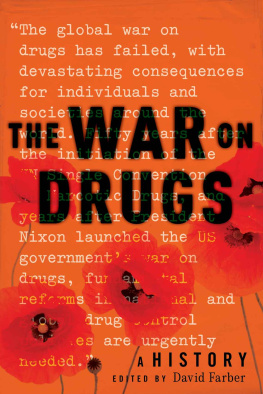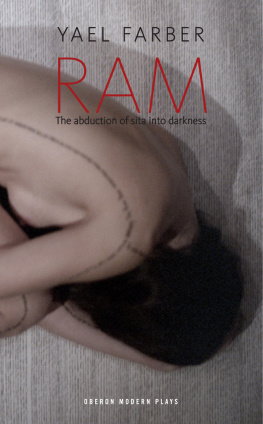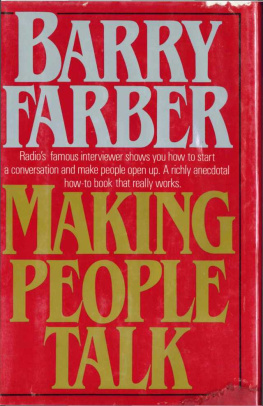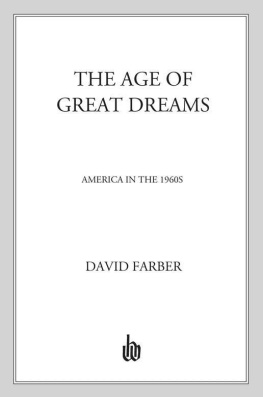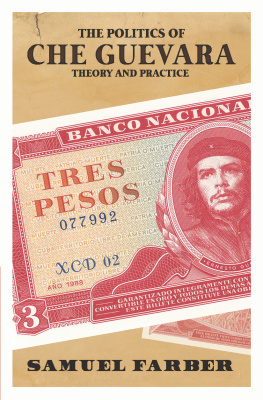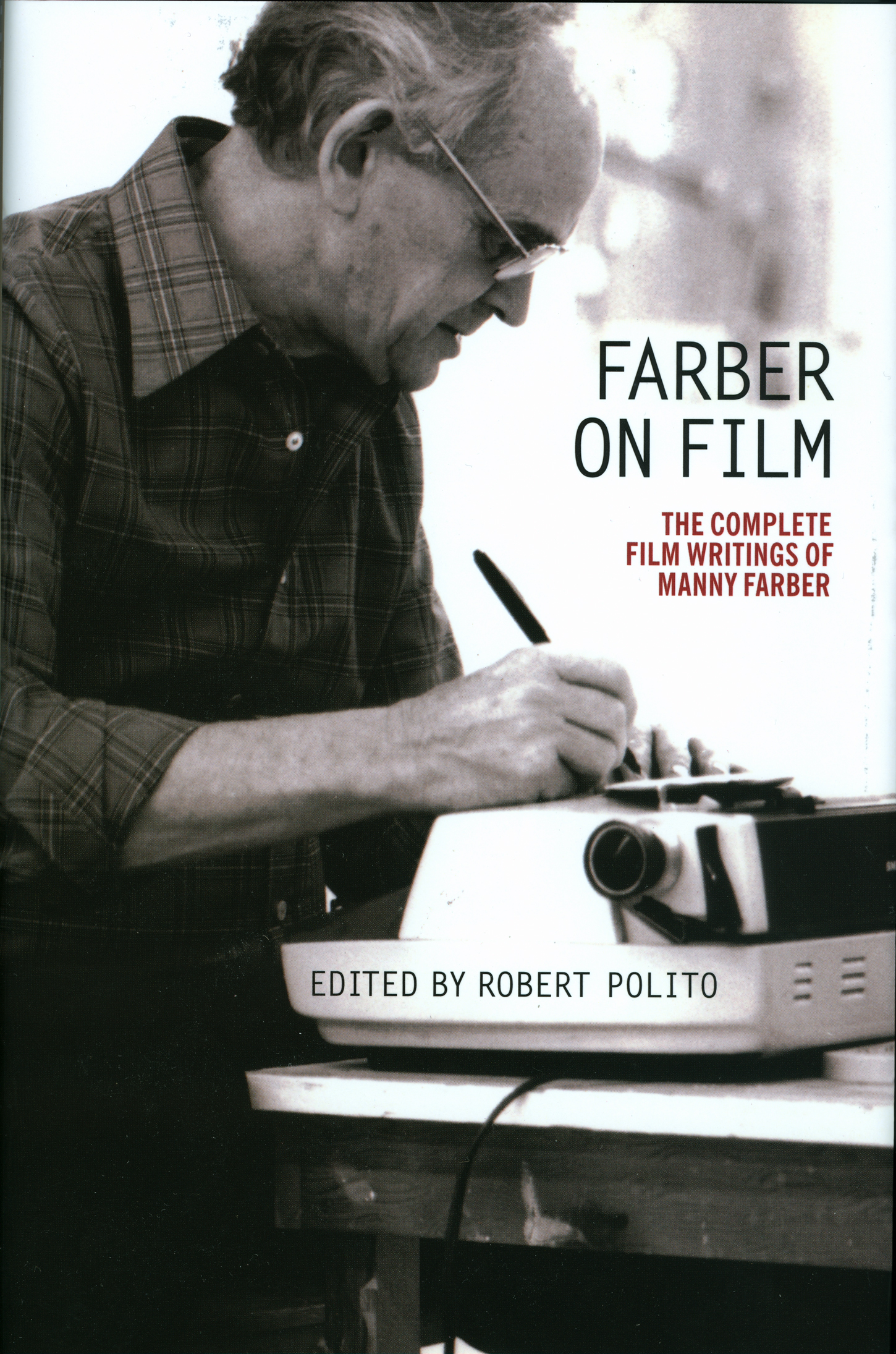FARBER ON FILM
The Complete Film Writings of Manny Farber
Edited by
Robert Polito

A SPECIAL PUBLICATION OF THE LIBRARY OF AMERICA
Copyright 2009 by The Estate of Manny Farber. Introduction, volume compilation, notes, and chronology copyright 2009 by Robert Polito. All rights reserved. No part of this book may be reproduced commercially by offset-lithographic or equivalent copying devices without the permission of the publisher.
For an explanation of this volumes editorial policy, see the Sources & Acknowledgments.
THE LIBRARY OF AMERICA, a nonprofit publisher, is dedicated to publishing, and keeping in print, authoritative editions of Americas best and most significant writing. Each year the Library adds new volumes to its collection of essential works by Americas foremost novelists, poets, essayists, journalists, and statesmen.
Visit out website at www.loa.org to find out more about The Library of America, and to sign up to receive our occasional newsletter with exclusive interviews with Library of America authors and editors, and our popular Story of the Week e-mails.
eISBN 978-1-59853-470-2
INTRODUCTION
Other Roads, Other Tracks
Criticism is very important, and difficult.
I cant think of a better thing for a person to do.
Manny Farber
One of the most important facts about criticism is obvious, Manny Farber once advanced in an interview. Its based on language and words. The desire is always to pursue: what does the word mean, or the sentence, or the paragraph, and where does it lead? As you follow language out, it becomes more and more webbed, complex. The desire is always to find the end. In any thought you put down, what youre seeking is truth: what is the most believable fact and where is the end?
Its the idea of writing about the film as commensurate with the way the filmmakers mind is, Farber continued. The works qualities should influence the structure of the piece.... I dont think you can be mimetic enough.
Farbers insistence on criticism as languagehis insistence, too, that his critical language arise from the volatile particulars of the films he writes aboutmakes him the most adventurous and original stylist of the mid-century El Dorado of American film criticism that spans Otis Ferguson, Robert Warshow, James Agee, Andrew Sarris, and Pauline Kael. At the start of the 21st century Farber also proves the film writer with the deepest enduring influence among that distinguished generation. Provocative traces of Farbers style can be registered in contemporary figures as various and persuasive as Greil Marcus, Luc Sante, Geoffrey OBrien, J. Hoberman, Jonathan Rosenbaum, Paul Schrader, Jonathan Crary, Ronnie Scheib, A. O. Scott, Meredith Brody, Jean-Pierre Gorin, Kent Jones, and Howard Hampton. As far back as 1963 Susan Sontag, in her essay Against Interpretation, called for acts of criticism which would supply a really accurate, sharp, loving description of the appearance of a work of art. This seems even harder to do than formal analysis. Some of Manny Farbers film criticism... are among the rare examples of what I mean. These are essays which reveal the sensuous surface of art without mucking about in it. Recently, novelist William Gibson speculated that if America were Japan, Farber would long since have been declared a National Treasure. As Schrader concluded, In the beginning was Manny Farber.
Farber on Film collects for the first time all of Farbers film investigations, his coruscating forays as a featured, often weekly or monthly reviewer for The New Republic, The Nation, Artforum, The New Leader, Cavalier, and City, among other magazines, as well as the landmark pieces of his only book, Negative Space (1971, and reprinted in an expanded edition in 1998). He is legendary for fierce, serpentine essays that shun movie-criticism commonplaces like character psychology, story synopsis, and social lessons. Negative Space accents Farbers extended performances of the late 1950s and 60s, The Gimp, Hard-Sell Cinema, Underground Films, and White Elephant Art vs. Termite Art, reprinting only a dozen full or partial film columns from The Nation (where he started reviewing in 1947 and published over 65 film pieces) and just a single film column from The New Republic (where he started reviewing in 1942, and published almost 175 film pieces). The wonder of these early reviews is how impressively his New Republic and Nation columns deliver both as traditional criticism and innovative Farber prose, as he elegantly focuses acting, plot, even entertainment value, the very moves his monumental essays resist. The present volume returns those later essays to the movie occasions that prompted and sustained them, and one of its pleasures is tracking precarious notions like termite art or the gimp or the underground across three decades. Farber on Film also sweeps up his important film pieces after Negative Space, including crucial looks at Scorsese and Altman.
Farber and Negative Space
The Farber equation is never simple. That sentence is a variation on a Samuel Beckett line Ive wanted to adapt for an essay, review, biography, even poem, ever since I read the original in college. As the opening sentence to his first book Beckett wrote, The Proustian equation is never simple, and from the outset I was comforted by the promise of persistent, accelerating, perhaps eternal difficulty and puzzle. But as over the years I repeated to myself the sentence, The Proustian equation is never simple, at the blind start of any obstinate piece of writing, I found myself startled by Becketts conflation of Proustian and equation: his brisk juxtaposition of involuntary memory and the painstaking working through of quantities and variables.
I never found a space for the sentence because the bewilderment the arrival of Becketts six words in my head customarily signaled turned out always to expose only a lack of preparation or confidence, a private anxiety that refused to intersect the subject at hand. But for Manny Farbers film criticism and paintings, the introductory oddities, muddles, crises, contradictions, dead ends, multiple alternatives, and divergent vistas spiral along chains of rapport and intimate knowledge (to quote his essay on Don Siegel) into still more tangled and intractable mysteries; following Beckett on Proust, the Farber equation creates a sustained, powerful, and lifelike pattern of dissonance (to quote his essay on Preston Sturges) that insists on insinuating the steeped-in-time personal and sensual alongside the abstractly intellectual, formal, and conceptual.
For much of his writing life Farber was branded an advocate merely of action films and B-moviesas though it might not be distinction enough to have been the first American critic to render serious appreciations of Howard Hawks, Samuel Fuller, William Wellman, Raoul Walsh, and Anthony Mann. Yet Farber resisted many noir films of the 1940s as inflated and manneristover the past couple of years, one movie after another has been filled with low-key photography, he complained in 1952, shallow perspectives, screwy pantomime, ominously timed action, hollow-sounding voices. Farber also was among the first critics to write about Rainer Werner Fassbinder, an early champion of Werner Herzog, and an exponent of such experimental directors as Michael Snow, George Kuchar, Andy Warhol, and Chantal Akerman.



